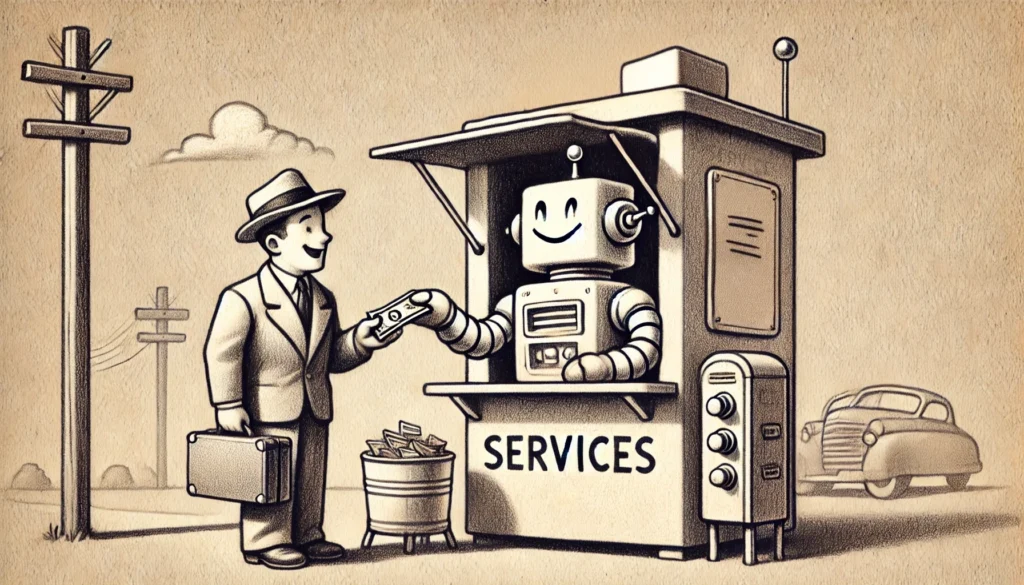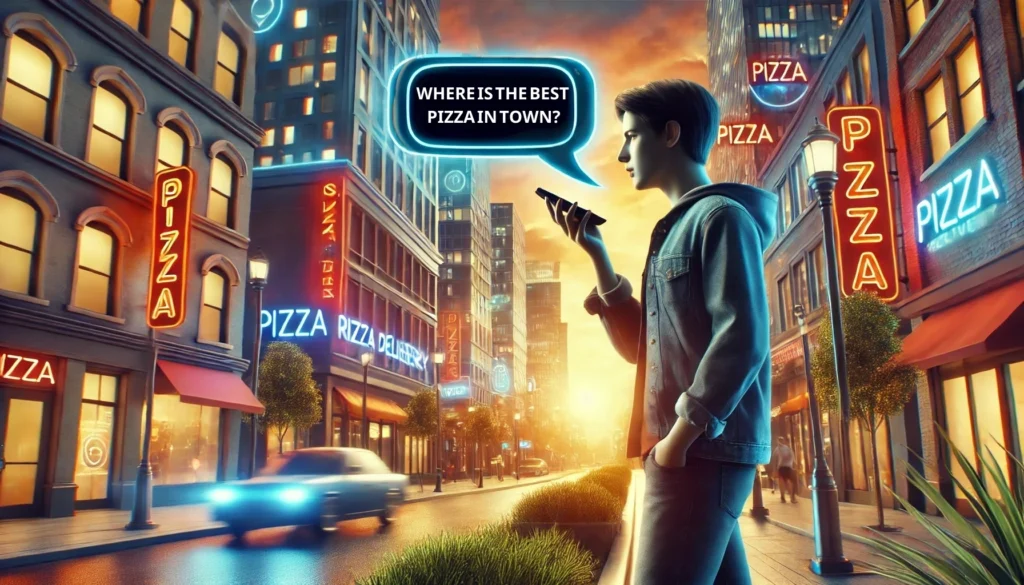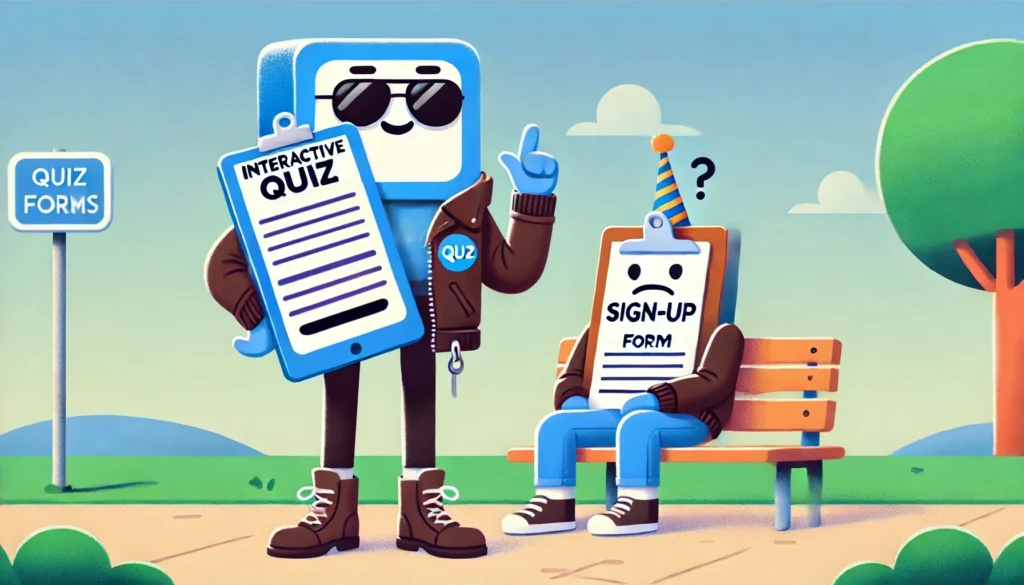Table of Contents
In 2025, B2C lead generation will continue to evolve with new technologies, shifting consumer behaviours, and innovative marketing strategies. To stay ahead in this competitive landscape, businesses must adopt fresh, practical approaches to attract and convert leads. In our article, we will explore the best ways to attract and convert leads for your B2C brand in 2025, along with the pros and cons of each method.
Embrace Social Commerce
Shop Where They Scroll: Turning Social Platforms into Lead Machines
Social commerce integrates e-commerce functionality directly into social media platforms like Instagram, Facebook, and TikTok. Businesses can shorten the path from discovery to purchase by meeting users where they spend their time. Social commerce will significantly improve awareness around your business’ services.
Pros of Social Commerce for B2C Lead Generation:
- Massive Reach: Platforms like Instagram have billions of active users, offering unmatched exposure.
- Organic Is Free: Unlike splashing out £2000 on a Google Ads campaign that might generate fewer leads than a lost sock hotline (though to be fair, results depend on how you use Google Ads—need help? Check out our PPC services now), social media gives you a chance to showcase your brand and products to thousands—if not millions—for free (as long as you nail your engagement). It’s like shouting from a rooftop with a megaphone, except this time, the ladder doesn’t cost a penny!
- Improved Experience: Reducing friction in the buying process boosts conversions.
- Engagement-Driven: Social media’s interactive nature encourages sharing and recommendations, enhancing reach.
Cons of Social Commerce for B2C Lead Generation:
- Platform Dependency: Over-reliance on social platforms exposes businesses to risks from algorithm changes.
- High Competition: With countless brands vying for attention, it can be challenging to stand out.
- Risk Of Being Too Corporate: Nobody wants to feel like they’re talking to a robot in a suit. If your brand’s social media voice sounds like the legal team wrote it, you might appear unapproachable and unrelatable. Social media thrives on authenticity and personality—trying to stay overly “corporate” could make your posts feel as exciting as a Terms and Conditions page. Remember, people are scrolling for memes, not mission statements!
- Platform Fees: Some platforms charge commissions or transaction fees for purchases.
Example Of How Social Commerce Can Maximise B2C Lead Generation:
A specialist mechanic/detailer could maximise social commerce by mixing memes, engaging content, and uncomplicated booking options. They could also share satisfying “before and after” videos—like a beat-up car transformed into a sparkling, good-as-new ride—with captions like, “From ‘yikes’ to showroom-ready. Need your car to shine? Book with us now!” It shows off their skills and builds trust with potential customers. Throw in some quick tips, like “How to tell if your tyres need replacing,” and suddenly, they’re not just your average mechanic—they’re a go-to source for helpful internet advice and tutorials which will further drive brand awareness.
On top of that, they could use polls and Q&A sessions to connect with people, asking fun questions like, “What’s the weirdest sound your car has made? Tell us below!” It’s a great way to engage with followers and build community. And the best part? With social commerce, they can link everything straight to their details, increasing the potential for leads to enter their sales funnel by ten-fold. By keeping it light, helpful, and convenient, they’d turn casual scrollers into loyal customers in no time.

AI Personalisation
How AI Personalisation Drives Engagement
AI-powered tools analyse customer data to craft personalised experiences, tailoring recommendations, emails, and advertisements to individual preferences. This makes interactions more relevant and impactful, increasing the likelihood of lead conversion.
Using AI-driven personalisation tools like Salesforce’s Einstein has significantly boosted sales productivity, with studies indicating improvements of up to 40%. Using machine learning and predictive measures Einstein helps businesses tailor customer interactions, streamline workflows, and prioritise leads more effectively. This personalised approach saves time and enhances the overall sales process, leading to better outcomes and higher revenue potential.
One way a business can do this is by using automation tools like Zapier to integrate ChatGPT with their existing communication systems. This makes it easier to streamline processes and improve their interactions with customers or manage internal workflows.
Pros of AI Personalisation for B2C Lead Generation:
- Enhanced Engagement: Personalised content aligns with user interests, boosting click-through and conversion rates.
- Scalability: AI can handle vast datasets and automate personalisation for a large audience.
- Customer Insights: AI offers detailed insights into consumer preferences, enabling precise targeting and better campaign performance.
- Time Cost Benefit: Using AI can free up your human resources to manage more pressing tasks, such as relationship management with current customers.
Cons of AI Personalisation for B2C Lead Generation:
- Data Dependency: AI requires extensive data, which can be challenging for businesses with limited access to customer insights.
- Privacy Concerns: Handling customer data responsibly and adhering to GDPR or similar regulations is essential and complex.
- Cost: Implementing and maintaining AI solutions can be expensive, especially for small businesses.
- AI Barrier To Leads: Using AI in customer communication naturally reduces the human element, and if it isn’t set up or prompted correctly, there is a risk of misunderstandings. AI’s lack of emotional intelligence can sometimes lead to interactions that feel impersonal or miss subtle nuances, potentially creating a barrier for specific leads.
Example Of Where AI Personalisation Could Work:
An e-commerce retailer could use AI to send personalised cart abandonment emails, recommending complementary products based on a customer’s browsing history. This strategy encourages customers to complete their purchases and maximises the potential value of each transaction.
By strategically leveraging AI personalisation, businesses can optimise their approach to B2C lead generation and drive meaningful engagement with their audience.

Optimise for Voice Search
Speak Their Language: Capturing Leads Through Voice Search
Voice search is transforming how users discover brands. By optimising conversational and question-based queries, businesses can make themselves more accessible to potential leads searching hands-free. Using strategies outlined in our recent blog about Answer Engine Optimisation can help with this whole process and expand your digital visibility.
Pros of Voice Search Optimisation for B2C Lead Generation:
- Increased Accessibility: Voice search enables users to interact with your content while on the go.
- Competitive Edge: Early adopters of voice search optimisation can stand out in a growing trend.
- Local Relevance: Voice search often includes “near me” queries, making it ideal for local businesses.
Cons of Voice Search Optimisation for B2C Lead Generation:
- Complexity: Writing for voice search requires a deep understanding of natural language processing and long-tail keywords.
- Algorithm Updates: Changing algorithms may affect rankings, requiring constant updates.
- Limited Metrics: Tracking the success of voice search campaigns can be challenging compared to text-based searches.
B2C Example Of How To Optimise For Voice Search:
A local restaurant could optimise for voice queries like “Where can I find the best vegetarian food near me?” or “Best pizza delivery open now.” By creating conversational, question-based content on their website and menu descriptions, they make it easier for hungry customers using virtual assistants to find them.
Websites can optimise their on-page SEO and Google My Business Profile by including content optimised for keywords like “fresh vegetarian dishes in [insert your city here]” or “late-night pizza delivery” this type of content would enable them rank higher for voice searches. It’s a simple way to turn a quick query into a table booking or delivery order.

Create Interactive Content
Why Interactive Content Helps B2C Lead Generation
Let’s be real—nobody’s clicking on a dull “Subscribe for Updates” button anymore. Interactive content like quizzes, calculators, and surveys is like the cool kid at the marketing party. It’s fun, engaging, and doesn’t make people feel like they’re filling out a tax form. But remember, just like a party trick, it has to be smooth, not cringe.
Pros of Interactive Content for B2C Lead Generation:
- Higher Engagement: Interactive formats encourage active participation, keeping users on your platform longer.
- Data Collection: Valuable insights from responses can inform marketing strategies.
- Memorable Experience: Interactive content often leaves a lasting impression, fostering brand loyalty.
Cons of Interactive Content for B2C Lead Generation:
- It Takes Work: High-quality interactive content doesn’t just magically appear. It takes time, creativity, and resources to create something users actually want to engage with.
- Tech Tantrums Are Real: Your fancy quiz or calculator has to work perfectly across all devices, especially mobile. If it’s slow or glitchy, people will bail faster than they clicked.
- Not Everyone’s Into It: Some industries or audiences might not vibe with interactive formats. A “What Kind of Screwdriver Are You?” quiz for a hardware store might not exactly go viral.
Example Of How Interactive Content Can Maximise B2C Lead Generation
A fitness brand could ditch the boring “Get Fit Now” email sign-up and instead offer a fun calorie-burn calculator. Users input their daily activities, get a personalised result, and happily share their email for more fitness tips. It’s helpful, it’s engaging, and it builds trust—all without being pushy.
When interactive content is done right, it’s not just marketing—it’s informative and entertaining for your users. Keep it simple, keep it fun, and your leads will follow.

Conclusion: Unlock Your B2C Lead Generation Potential
As we move into 2025, the landscape of B2C lead generation continues to evolve, with trends like social commerce, AI personalisation, voice search optimisation, and interactive content taking centre stage. Each strategy offers unique advantages, from enhancing brand awareness to improving customer engagement and streamlining the sales process.
However, understanding their limitations and tailoring them to your specific audience is crucial to maximising their potential.
Businesses that adapt to these trends and integrate them effectively will have a competitive edge in attracting and converting leads. Whether it’s leveraging AI-driven insights, optimising voice search, or creating memorable interactive experiences, the opportunities to engage your audience are endless.
At Growthlabs, we pride ourselves on being at the forefront of B2C lead generation, leveraging years of experience and a deep understanding of consumer behaviour to drive exceptional results for our clients. Our journey in the dynamic world of B2C marketing has equipped us with the expertise to craft innovative strategies that not only attract but also convert high-quality leads.
Book a free consultation with us, and let’s take your B2B marketing to the next level.

